Balance In Historical Design And Modern Living
As we near the finish line of removing all the previous owner’s belongings from our Victorian home, I am finally able to see the house for what she truly is. Now, the design process is in full swing. This is a 1900 Queen Anne Victorian home—not a 2025 new build. Due to extensive water and mold damage, along with structural issues from previous renovations that were not properly engineered, the home will need to be stripped down before restoration can begin. Even with such a significant transformation, my goal is to preserve the historical charm and beauty of 1900 while integrating modern conveniences.

For instance, all three bathrooms currently feature clawfoot tubs for shower and bathing needs. While I believe clawfoot tubs are the epitome of beauty and comfort, they are not always practical when planning for the future. What if we have a guest with mobility issues who cannot step over the high rim of a tub to take a shower? What if we fall so in love with this home that we live here well into our nineties? Having at least one bathroom with a walk-in shower is essential for long-term accessibility. We will, however, keep at least one clawfoot tub—most likely in the primary bathroom.
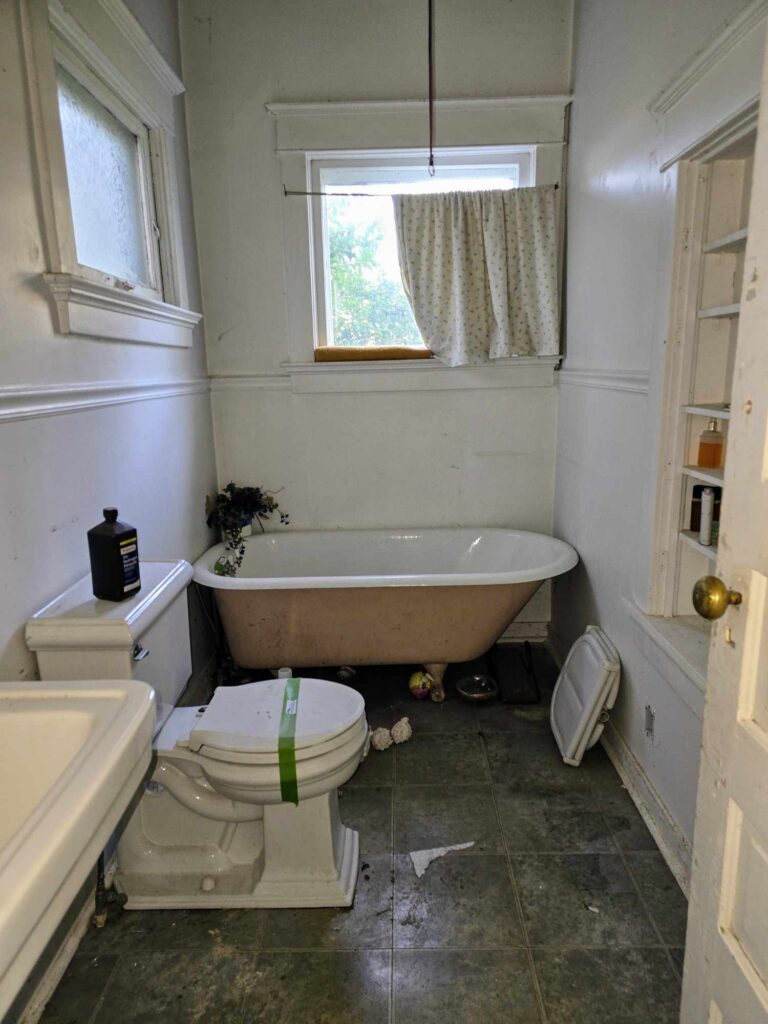
It’s all about balance. I’ve seen a reel circulating on Instagram with a commentary that says, “If you want a modern house, buy a modern house. Stop ruining all the pretty ones. I want to live somewhere cool one day!” I can relate to this sentiment! It’s why I fell in love with our last home, a 1906 Classical Revival. The ceilings in several rooms still had their original plaster ornamentation in a rose wedding cake design. Once we painted the walls white, it truly looked like a beautifully decorated wedding cake. The woodwork, pocket doors, and floors were all intact. However, at some point in the home’s history, an owner decided to paint all the doors and trim. When I shared photos of the home online, I remember being harshly criticized by old-home purists for the painted woodwork. While we did refresh it with a new coat of paint, we were certainly not the first to commit this so-called crime. And yet, even though it would have been incredible to see all that craftsmanship in its original form, I absolutely loved my Alabaster creamy white trim.
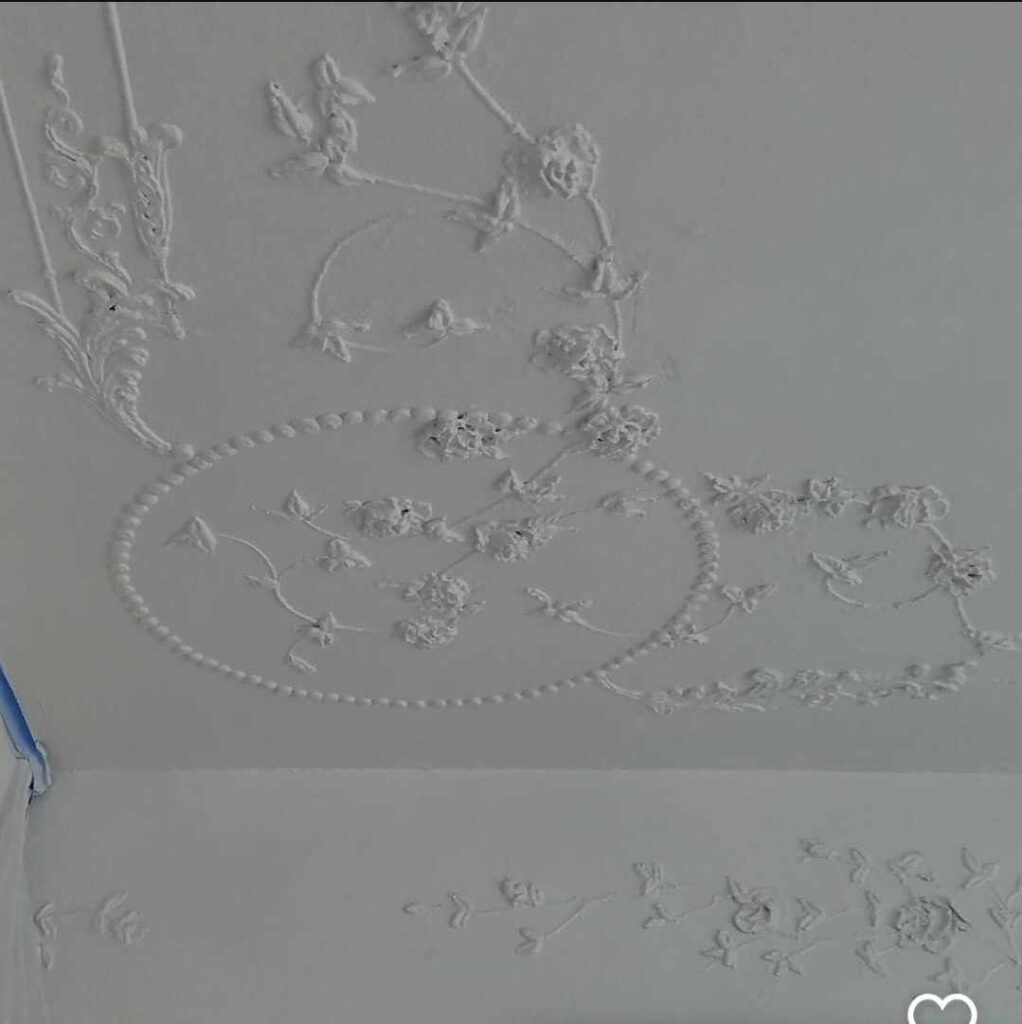
As humans, we aren’t meant to stay the same. We grow, we evolve. We start life only drinking milk, but eventually, we’re able to sit down and enjoy a T-bone steak. It would be absurd for an adult to survive solely on bottles of milk. In the same way, human ingenuity has allowed us to advance in areas like modern electricity. It would be reckless to restore a home and leave fragile knob-and-tube wiring lurking behind the walls. I’ve spoken with electricians who uncover these outdated systems, and their response is always the same: “You can keep it, but it’s a fire hazard waiting to happen.”
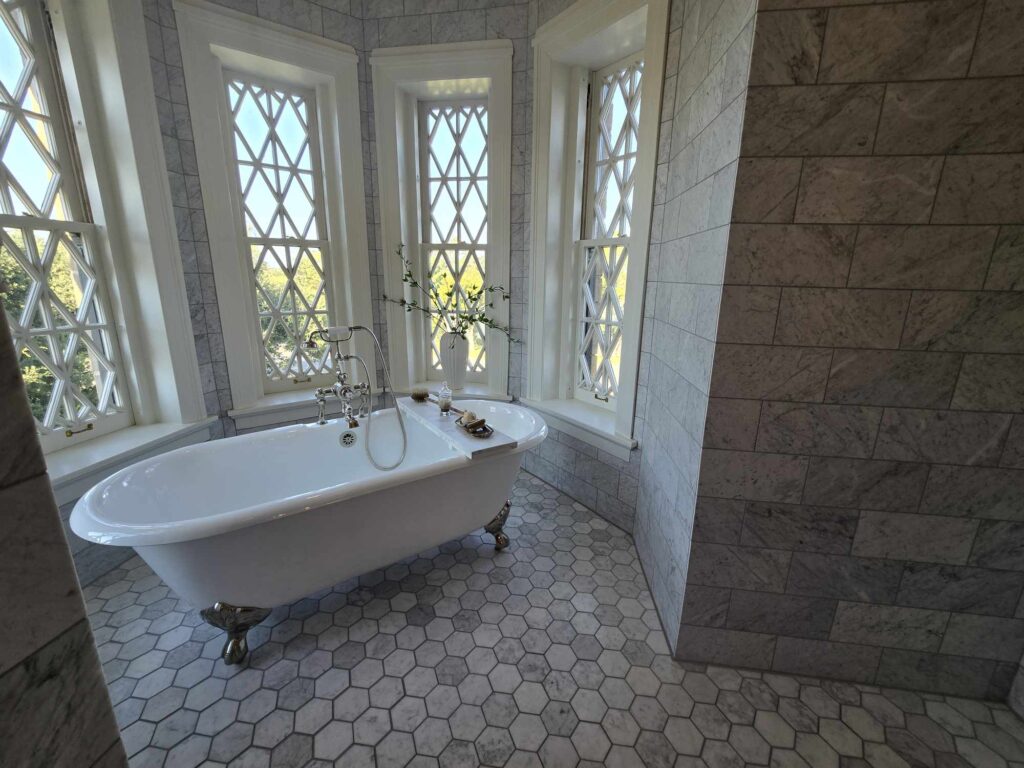
Restoration isn’t about freezing a home in time; it’s about honoring its past while ensuring it remains functional for the future. True balance in design means preserving what makes a home special while embracing the innovations that enhance its livability. Our Victorian beauty will not be a modern new build, but she will be a thoughtfully restored home that respects both history and practicality.
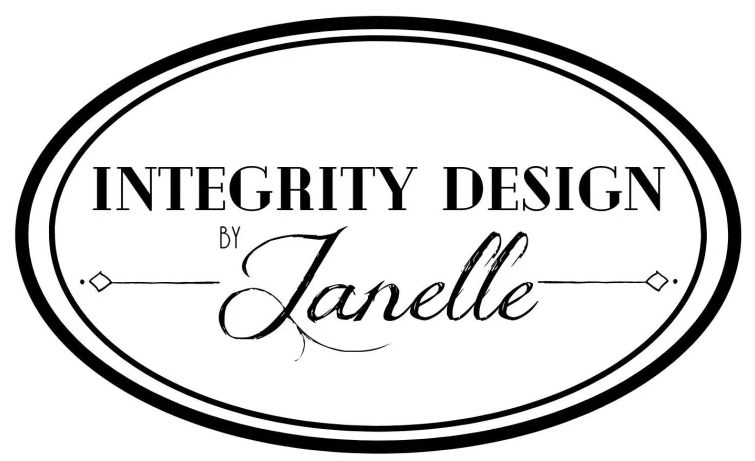

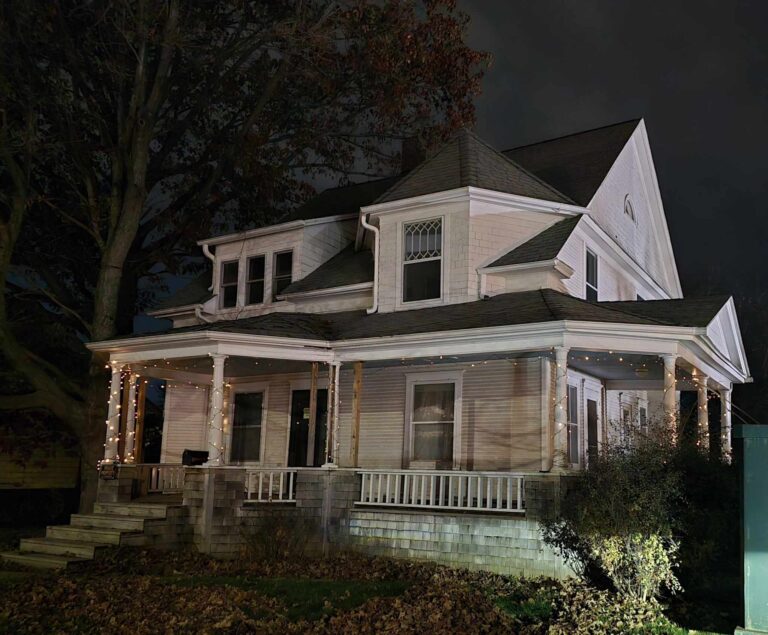
I love this balanced perspective on preserving the beauty of the past while also keeping things practical and usable.
I love your thinking about balance as a way to leave some of the best and beautiful details but bring the best modern updates too!! Hugs and I am so glad you are at the point of seeing the potential beyond the reality! Blessings!!